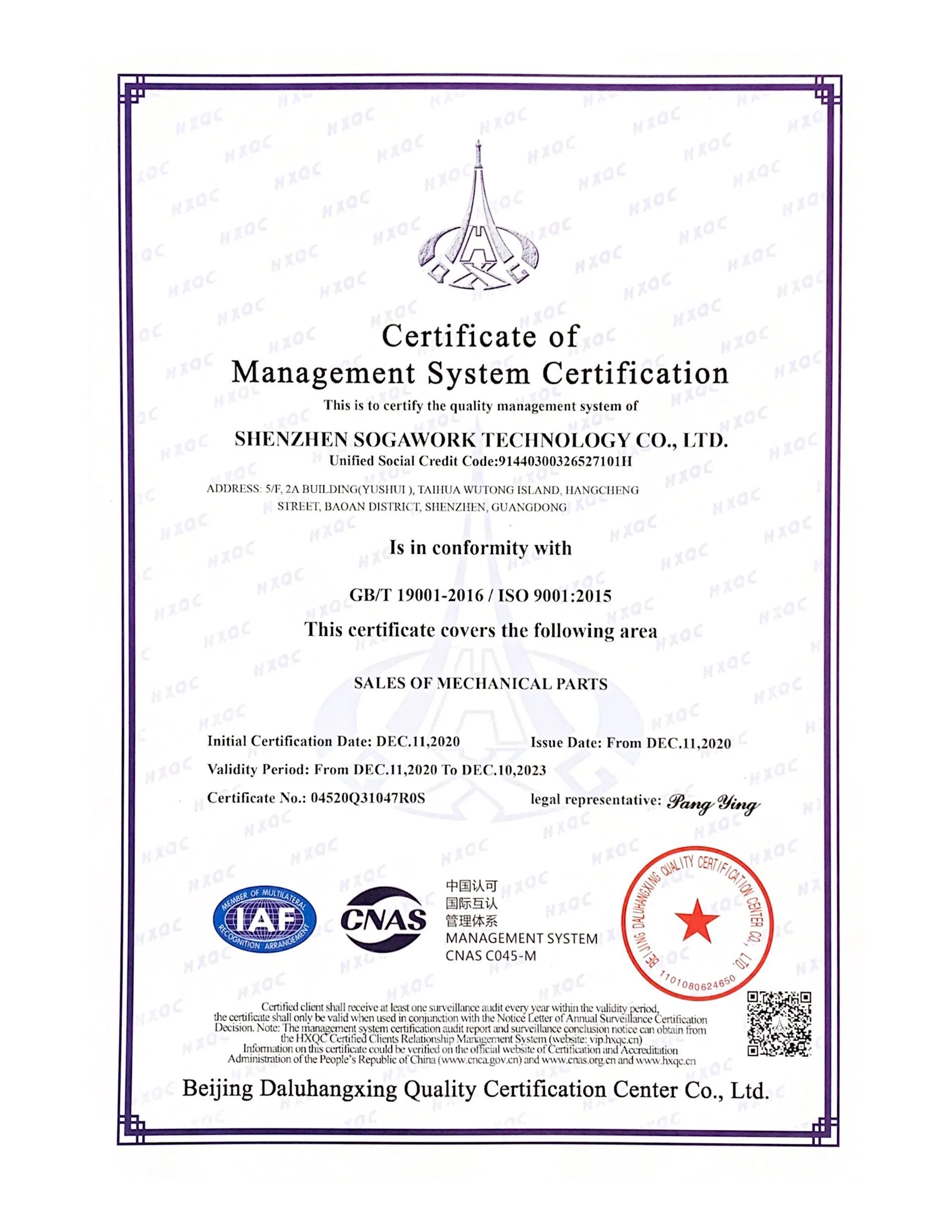What is Geometric Tolerance
Geometric tolerance refers to the permissible deviation specified for the shape, size, orientation, and positional relationship of an object, as defined in ISO standards on geometrical product specifications (GPS). Geometric characteristics represent attributes such as shape, size, and orientation, tolerance indicates the allowable error. Geometric tolerances encompass not only size but also define permissible errors in shape and position.
Difference between dimensional tolerance and geometric tolerance

dimensional tolerance

geometric tolerance
geometric tolerance: The parallelism of the indicated surface (A) during machining should not exceed 0.02.
Advantages of geometric tolerance
Geometric tolerances are essential for accurately communicating the designer's intentions, which dimensional tolerances alone cannot achieve.
For instance, simply using dimensional tolerances in ordering plate parts may result in receiving unsuitable or defective parts due to oversight in specifying parameters like parallelism.

In contrast, drawings featuring geometric tolerances, along with size, include geometric specifications such as parallelism and flatness. This comprehensive approach helps prevent issues arising from relying solely on dimensional tolerances.

a: parallelism tolerance, b: flatness tolerance, c: primary datum
Principle of independence
Dimensional and geometric tolerances specify different parameters: dimensional tolerances regulate length, while geometric tolerances govern shape and positional relationships. Both are measured using different instruments and methods, necessitating a combined approach for efficient tolerance indication.


The principle of independence, as defined by ISO standards, underscores that tolerance specifications indicated in drawings are independent of other dimensions, tolerances, and characteristics unless specified otherwise. While ISO adheres to the independence principle, some organizations, like the American Society of Mechanical Engineers (ASME), may follow different guidelines. Hence, when dealing with international partners, clear specification through prior discussions is advisable.







